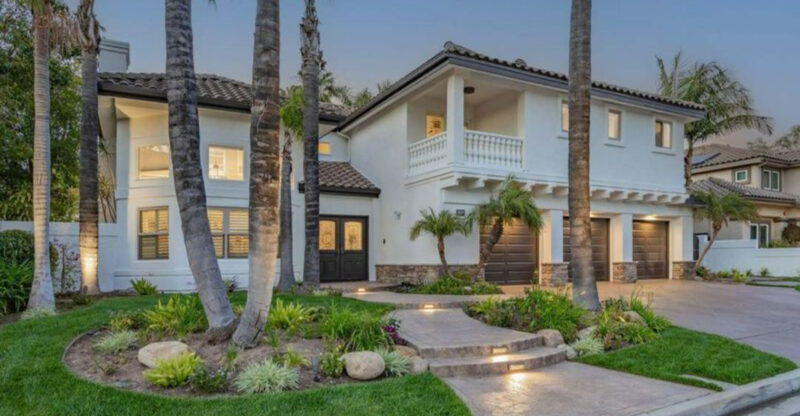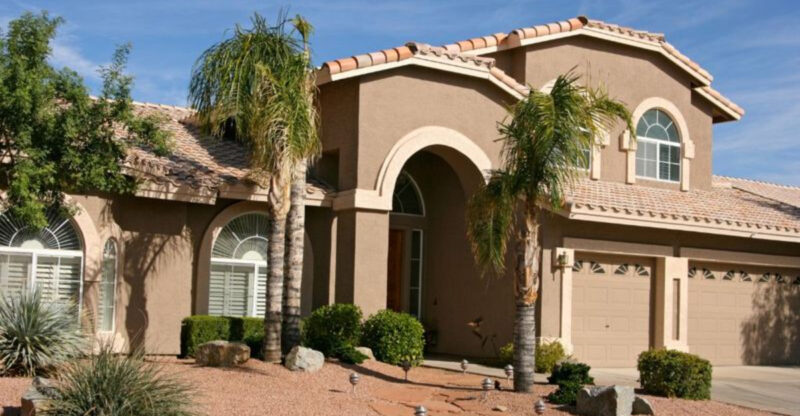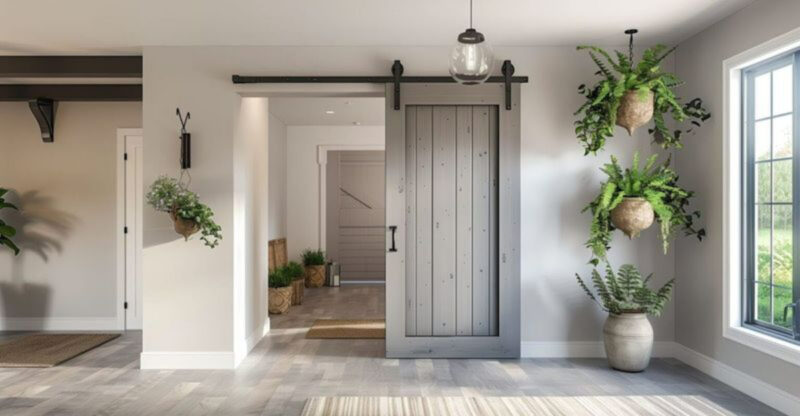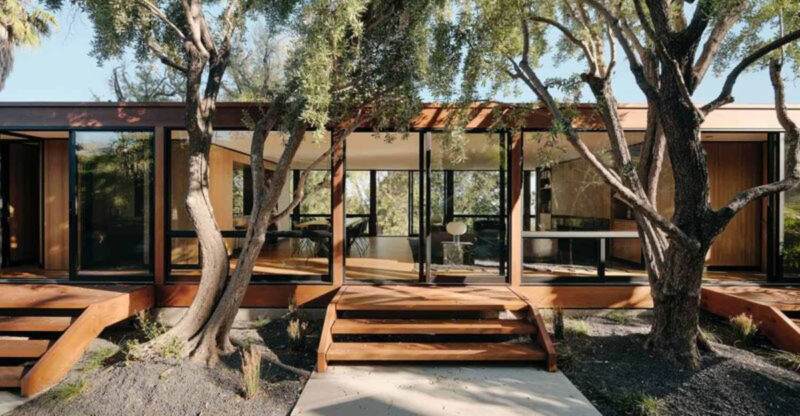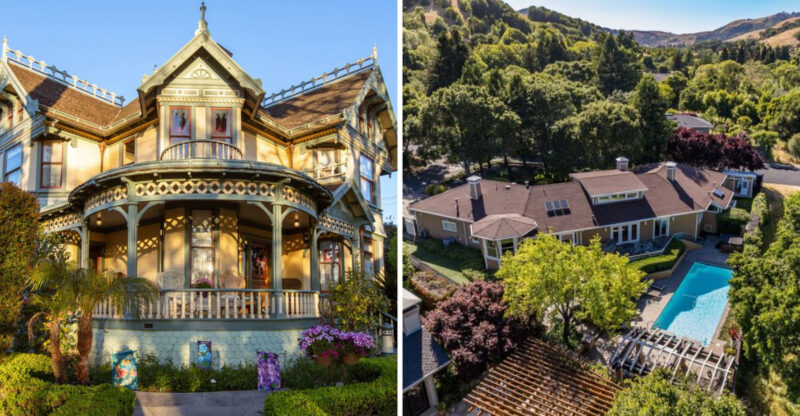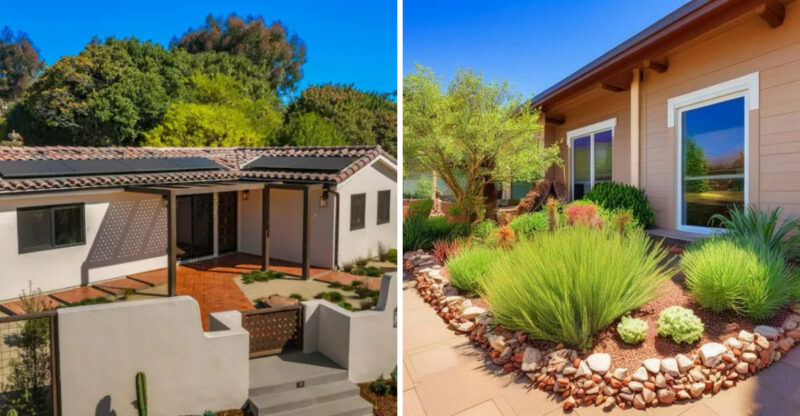Transform Your Home By Letting Go Of These 20 Outdated Trends
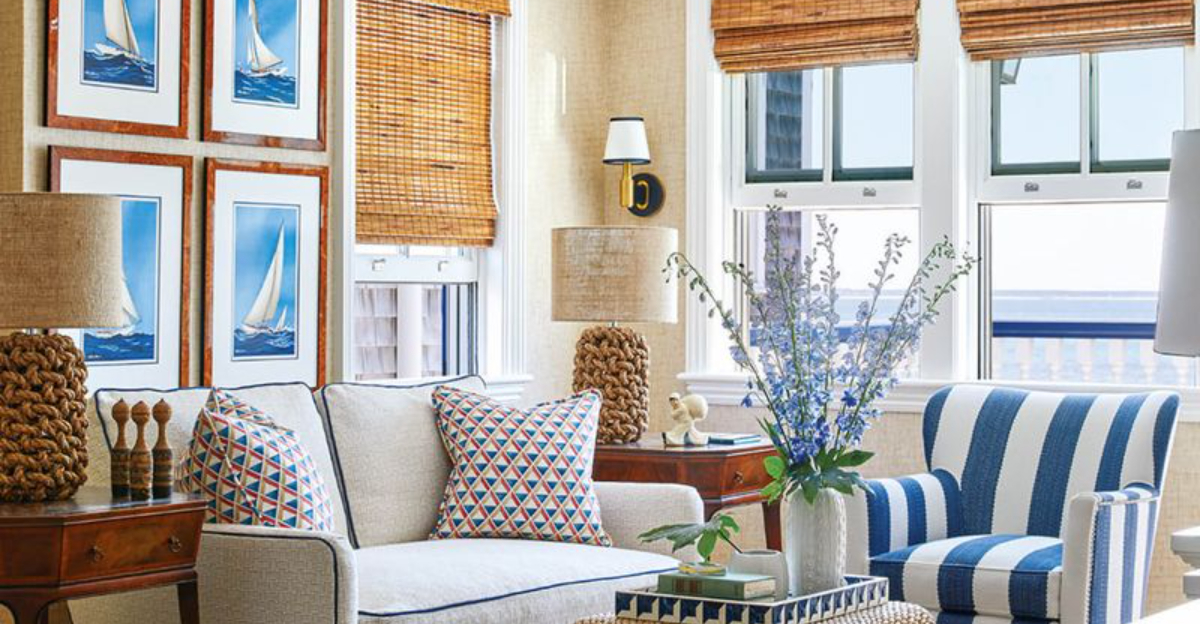
Working from home shouldn’t mean sacrificing comfort or style – or draining your bank account. The secret to a productive workspace lies in choosing smart pieces that pull double duty, keep you organized, and make long hours feel a little less like work.
Whether you’re carving out an office in a cozy nook or revamping an entire room, affordable finds can help you build a space that inspires focus and creativity without the hefty price tag.
1. Tuscan Kitchens
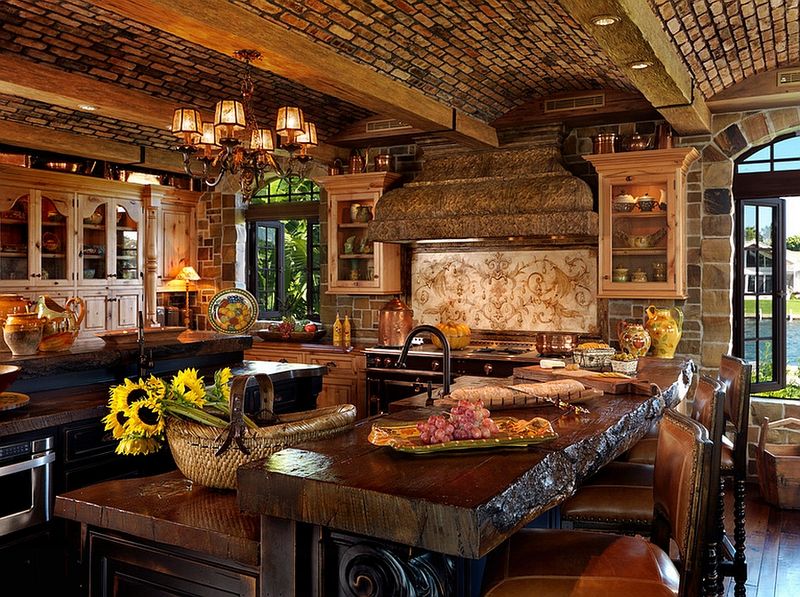
Remember when every cooking show featured those faux-Mediterranean spaces? Tuscan kitchens with their heavy wrought iron, artificial grape vines, and terracotta everything had their moment.
Time to trade those dark, cluttered surfaces for cleaner lines and brighter palettes. Modern kitchens embrace functionality with personality, not themed overkill.
2. Heavy Brown Furniture Sets
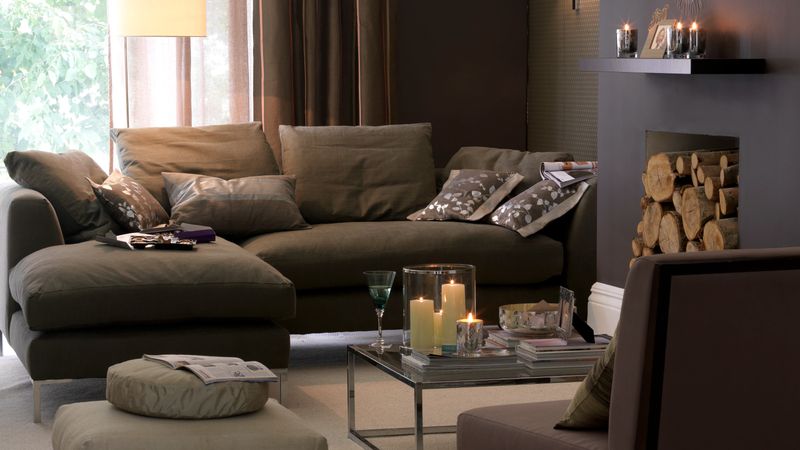
Walking into some living rooms feels like entering a furniture showroom from 2005. Those matching heavy oak or cherry sets create a visual weight that drags spaces down.
Brown furniture sets make rooms feel smaller and darker. Mix-and-match pieces with varying textures and tones create more visual interest and personal style in today’s homes.
3. Word Art Décor
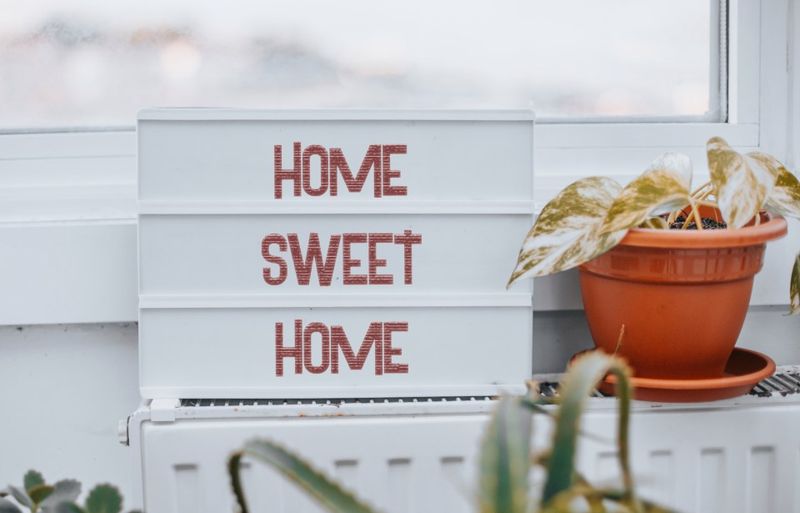
Motivational phrases plastered across walls once dominated home décor stores everywhere. You couldn’t escape the endless variations of “Live, Laugh, Love” or “Home is Where the Heart Is.”
Word art tends to become visual noise rather than meaningful décor. Today’s trend favors personal art collections, unique vintage finds, or minimalist wall spaces that let architecture shine.
4. Popcorn Ceilings
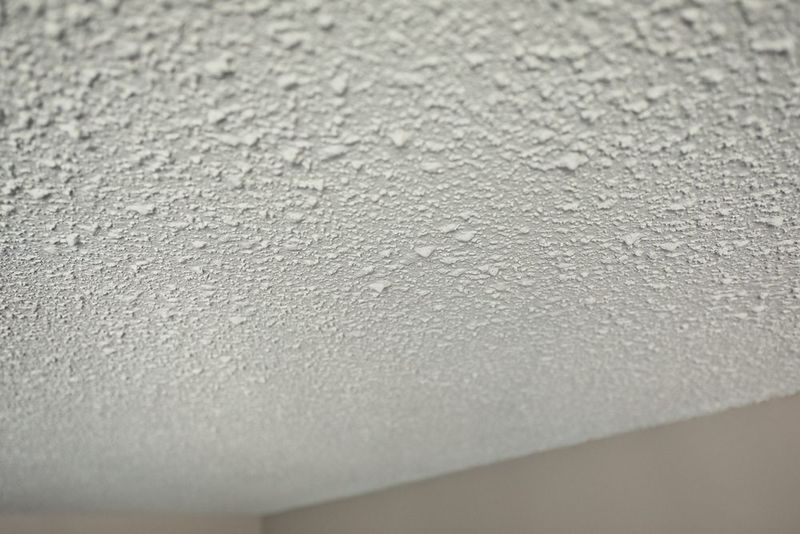
Looking up shouldn’t make you cringe! Those bumpy, spray-on textures were originally used to hide imperfections and provide some acoustic benefits.
Popcorn ceilings collect dust, are difficult to clean, and immediately date a home. Modern interiors favor smooth ceilings, subtle texture techniques, or architectural details like coffered designs that add intentional character.
5. Shag Carpeting
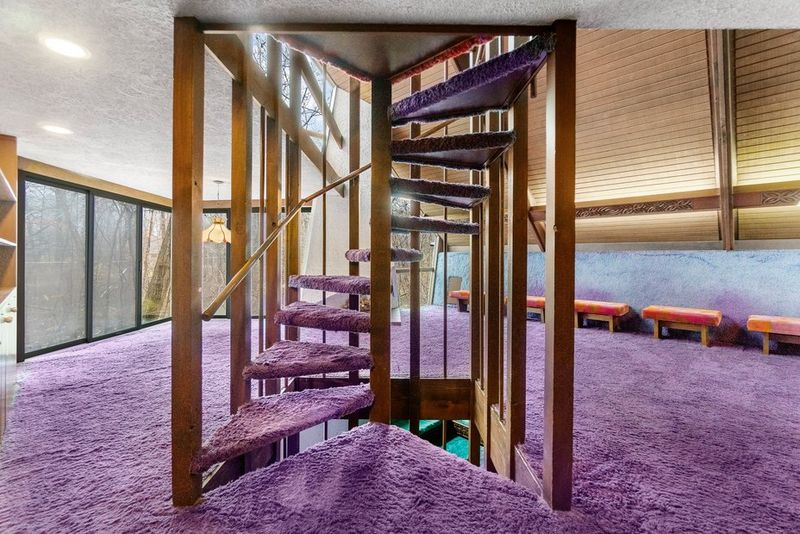
Once the epitome of luxury, those deep-pile carpets from the 70s and 80s are maintenance nightmares. High-traffic areas quickly become matted paths through your once-fluffy floor covering.
Shag carpets trap allergens, dust, and pet hair with remarkable efficiency. Today’s flooring options include low-pile carpets, hardwoods, or luxury vinyl planks that offer both comfort and practicality.
6. Dark Cherry Cabinets
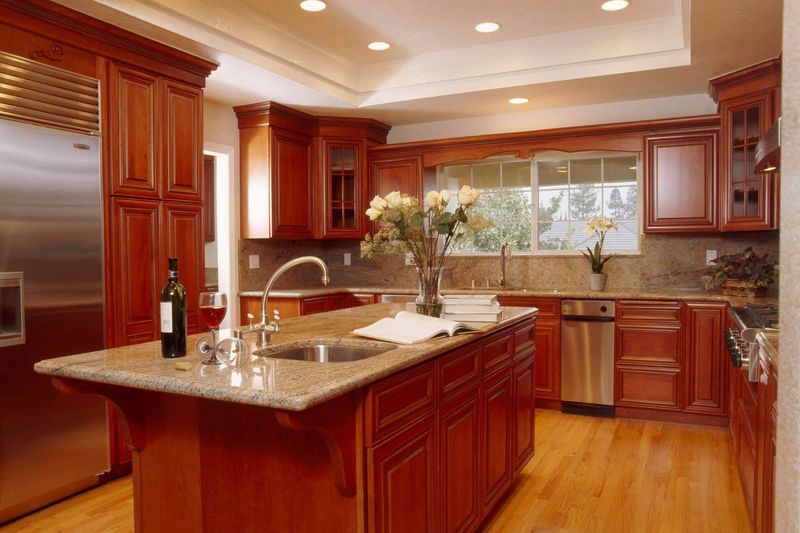
For years, these reddish-brown storage solutions dominated kitchen design catalogs nationwide. The heavy, imposing presence of cherry cabinets often makes kitchens feel smaller and more closed-in.
Dark cabinetry absorbs rather than reflects light. Modern kitchens embrace lighter wood tones, painted finishes, or two-tone approaches that create airiness while maintaining warmth and character.
7. Overmatched Rooms
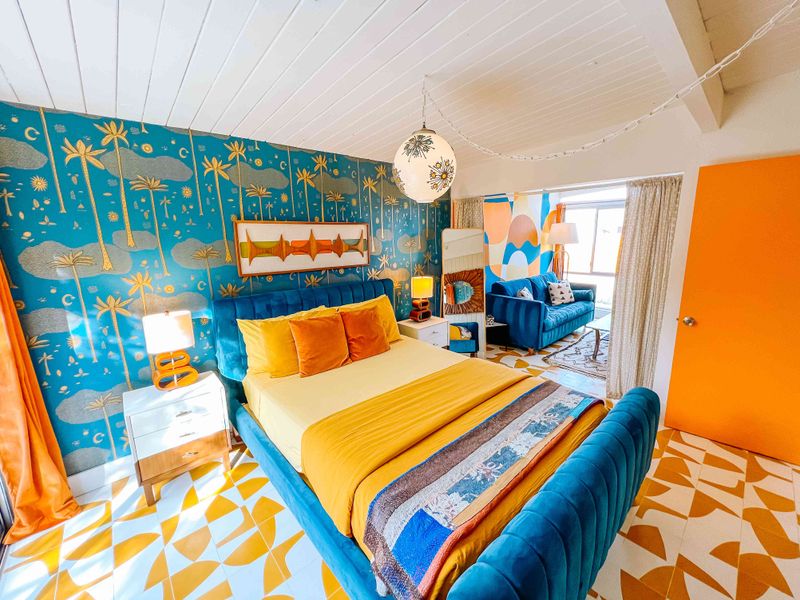
Ever walked into a bedroom where the curtains, bedspread, wallpaper, and even lampshades all featured the exact same pattern? This matchy-matchy approach screams early 2000s catalog styling.
Overly coordinated rooms lack the collected-over-time feel that gives spaces personality. Today’s interiors blend complementary patterns, textures, and colors for a more sophisticated, layered look that tells your unique story.
8. Fake Greenery Everywhere
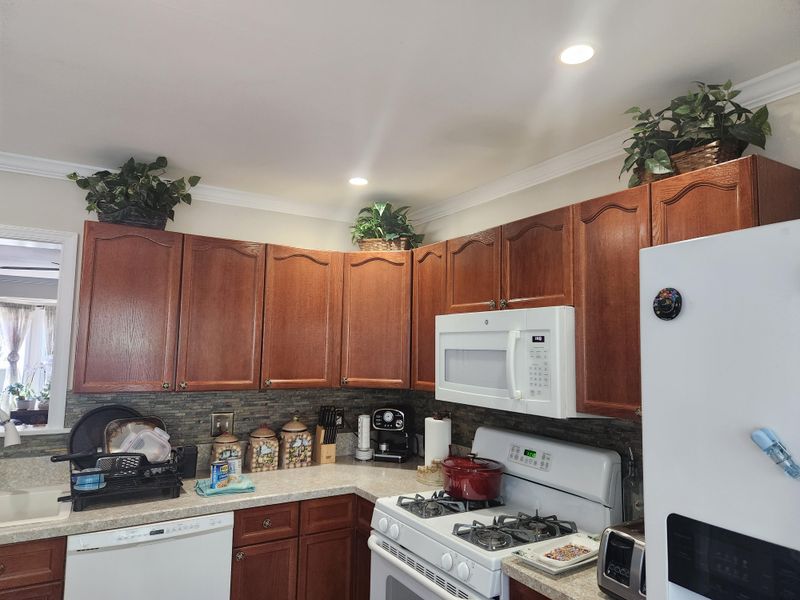
Dusty silk plants perched atop kitchen cabinets once signaled design sophistication. Those yellowish-green artificial arrangements collecting dust in unreachable places aren’t fooling anyone.
Artificial plants from previous decades look obviously fake. Today’s homes showcase either quality faux botanicals or the real thing – living plants that purify air while adding authentic natural elements to your space.
9. Glass Block Features
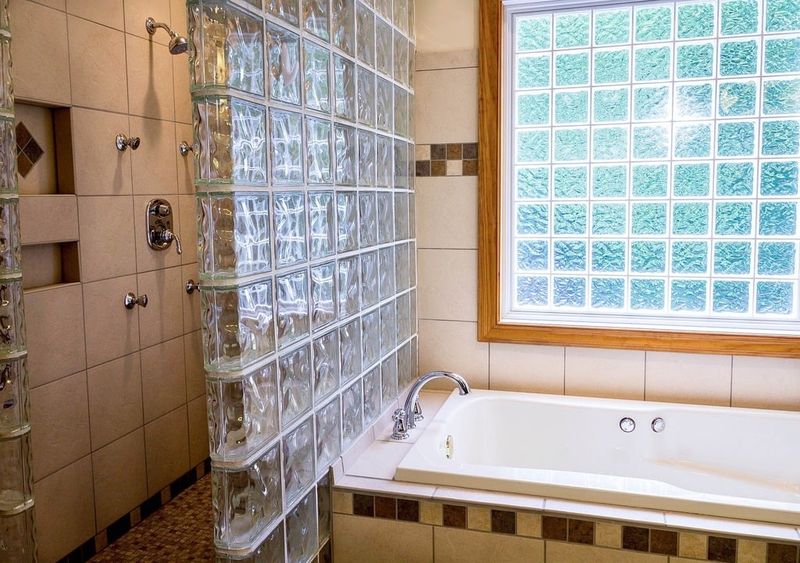
Those translucent walls of thick glass squares were once considered the height of bathroom modernity. The chunky dividers created privacy while still allowing light to filter through shower areas.
Glass blocks add a distinctly dated 80s-90s vibe to any space. Contemporary bathrooms favor frameless glass panels, interesting tile work, or even open-concept designs that create a more spacious, spa-like atmosphere.
10. Sponge-Painted Walls
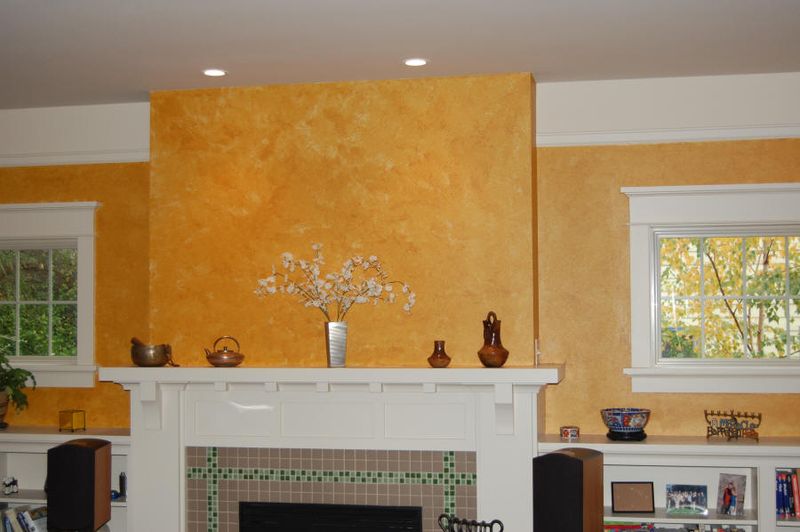
DIY painting techniques reached peak popularity when homeowners began dabbing multiple colors across their walls. The mottled, textured look was meant to add dimension and interest to otherwise flat surfaces.
Sponge painting often results in busy, distracting walls. Modern interiors favor either clean, solid colors or intentional texture through wallpaper, subtle plaster techniques, or accent materials like wood or tile.
11. Vertical Blinds
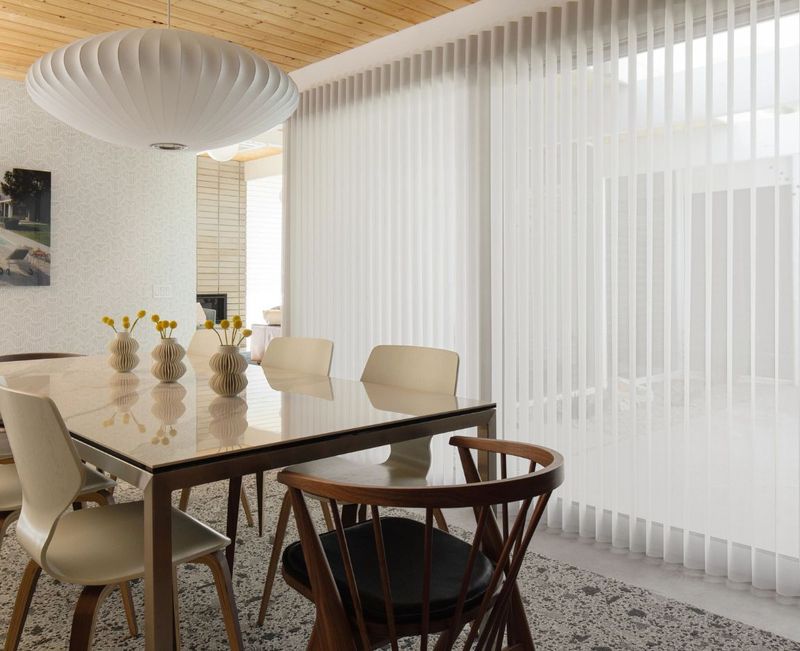
Nothing says “rental apartment circa 1992” quite like those dangling plastic slats. The constant clicking, uneven hanging, and tendency to break or warp make vertical blinds particularly problematic.
These window treatments are functional but aesthetically lacking. Contemporary windows showcase softer treatments like Roman shades, tailored drapes, or sleek roller blinds that frame views rather than chopping them into awkward strips.
12. Ornate Bathroom Fixtures
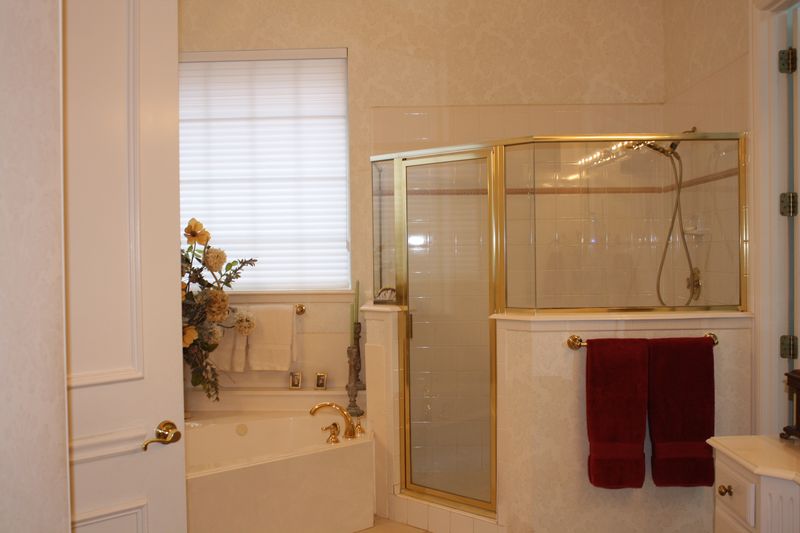
Gold-toned faucets with elaborate scrollwork and crystal-like handles once symbolized luxury in master baths everywhere. Those fussy, detailed fixtures often clash with today’s cleaner aesthetic preferences.
Ornate bathroom hardware tends to collect water spots and soap scum in all its crevices. Modern bathrooms feature streamlined fixtures in matte black, brushed nickel, or warmer metals with simpler, more architectural designs.
13. Hollywood Vanity Lights
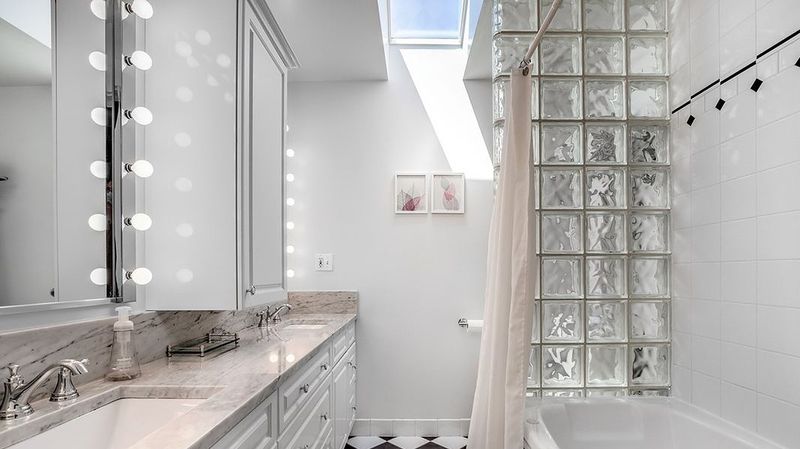
Rows of exposed bulbs flanking bathroom mirrors had their moment in the spotlight. These harsh, direct light sources create unflattering shadows rather than the even illumination needed for daily grooming.
Hollywood-style vanity lighting emphasizes every imperfection. Contemporary bathrooms feature sconces positioned at face height on either side of mirrors, backlit mirror designs, or recessed lighting that creates a more flattering glow.
14. Faux Wall Finishes
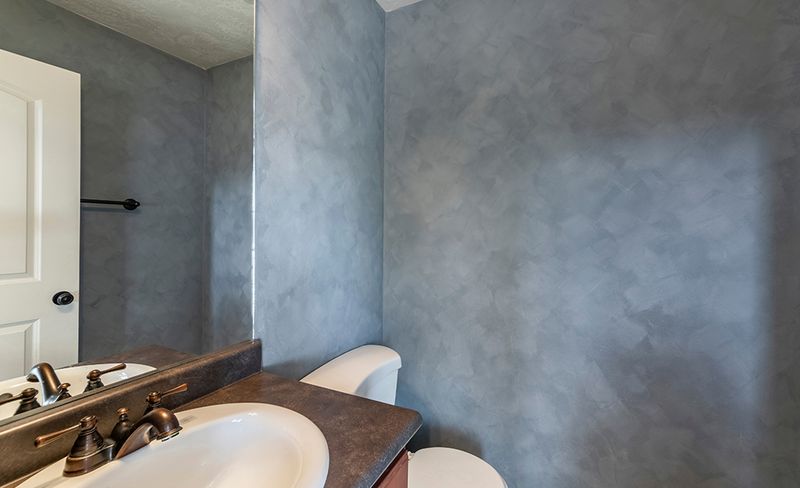
From rag-rolling to stippling, DIY wall techniques once dominated home improvement shows. These labor-intensive finishes were meant to add old-world charm but often resulted in busy, dated-looking surfaces.
Faux finishes tend to be very taste-specific and time-stamped. Today’s walls showcase either clean paint colors, thoughtfully selected wallpapers, or authentic materials like wood paneling or brick that add genuine texture and character.
15. Vessel Sinks
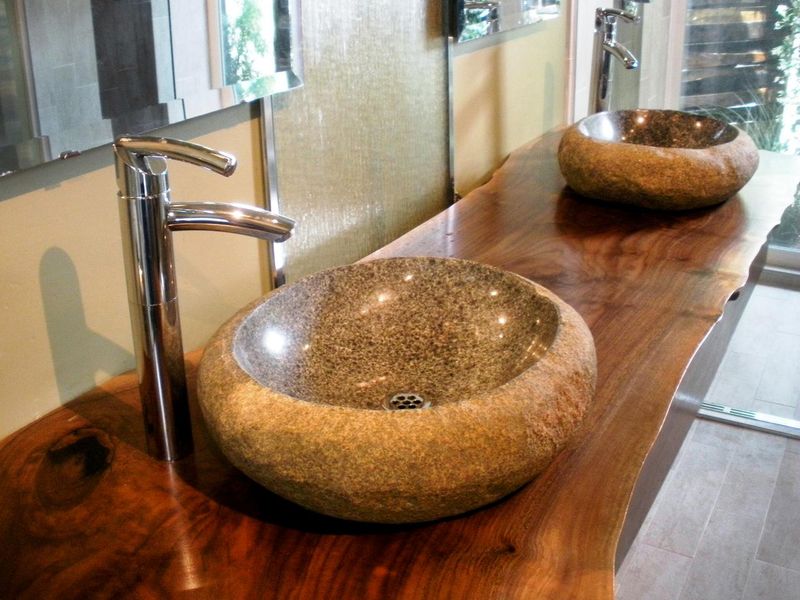
Those bowl-shaped basins that sit atop counters rather than being inset were once the hallmark of high-end bathroom renovations. The dramatic look often created practical problems with water splashing and cleaning challenges.
Vessel sinks prioritize form over function. Current bathroom design favors undermount or integrated sink solutions that offer cleaner lines, easier maintenance, and more usable counter space for everyday necessities.
16. Excessive Industrial Elements
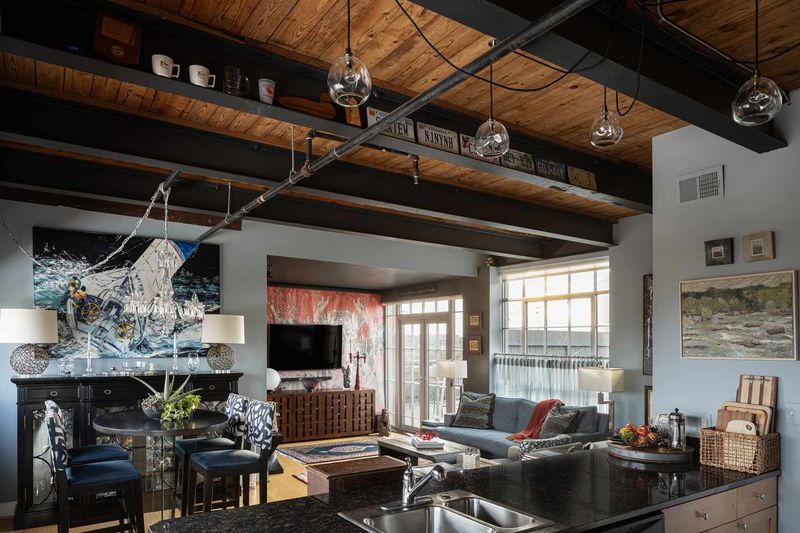
Exposed pipes, metal furniture, and factory-inspired lighting fixtures dominated design magazines for years. Going overboard with industrial features can make homes feel cold, uncomfortable, and more like a trendy restaurant than a living space.
Industrial style works best as an accent, not a takeover. Contemporary interiors incorporate selective industrial touches while maintaining warmth through soft textiles, plants, and natural materials that balance the harder edges.
17. Barn Doors In Every Space
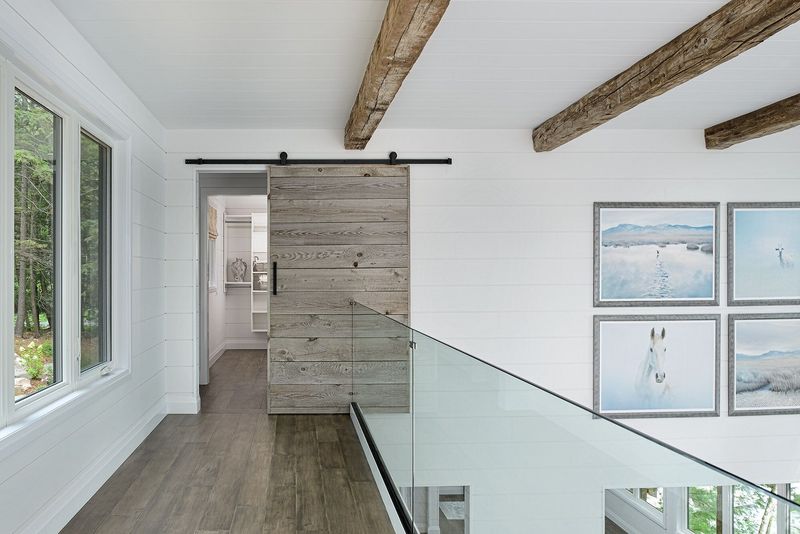
From bathrooms to bedrooms, sliding wooden panels on exposed hardware tracks became ubiquitous almost overnight. The farmhouse-inspired feature rarely offers proper sound insulation or privacy where it’s most needed.
Barn doors make a statement but sacrifice functionality. Modern homes use these distinctive doors selectively in spaces where their form and function align, rather than forcing them into every doorway regardless of architectural context.
18. All-Beige Interiors
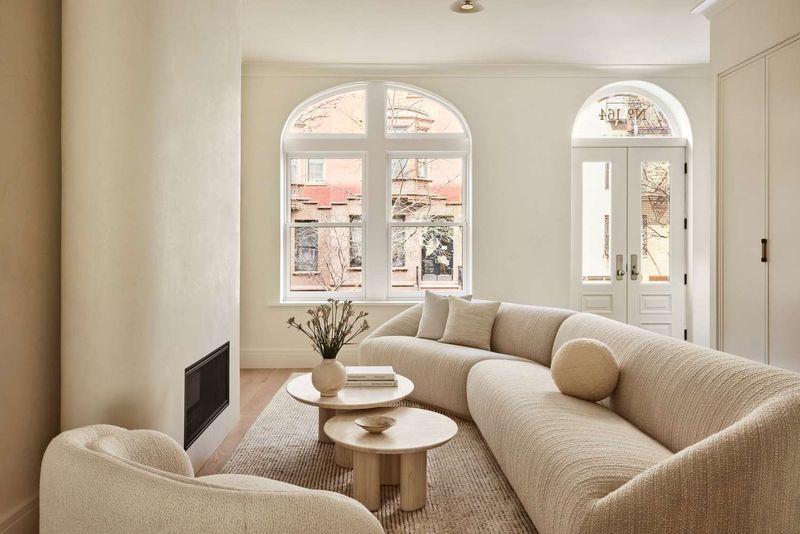
Safe, neutral palettes once dominated home design, with beige-on-beige-on-beige creating supposedly timeless interiors. These monochromatic spaces often end up feeling flat, uninspired, and surprisingly dated.
Beige rooms lack the personality and visual interest that makes a house feel like home. Today’s neutrals incorporate varied tones, textures, and occasional color moments that create more dynamic, inviting spaces with character.
19. Overly Themed Rooms
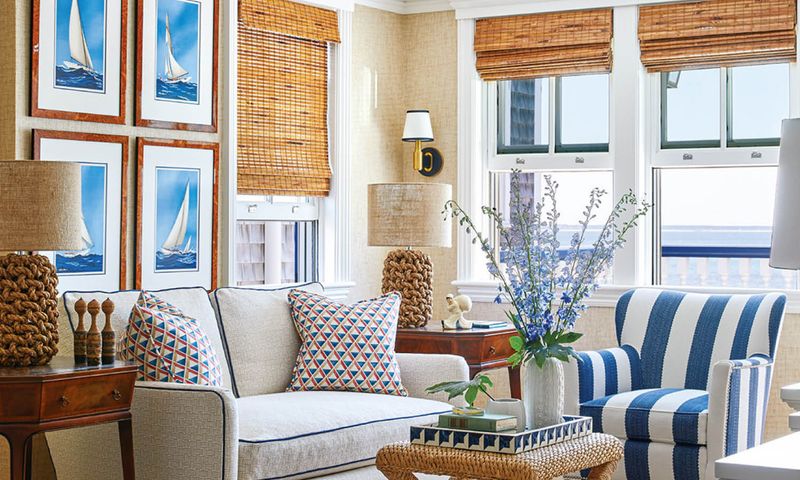
From nautical bathrooms with rope everything to Tuscan kitchens dripping with artificial grape vines, heavily themed spaces were once design magazine staples. These rooms often feel like movie sets rather than functional living spaces.
Themed decorating tends toward caricature rather than subtle inspiration. Contemporary design incorporates thematic elements with restraint, allowing a few key pieces to suggest a mood without overwhelming the space.
20. Tiled Kitchen Countertops
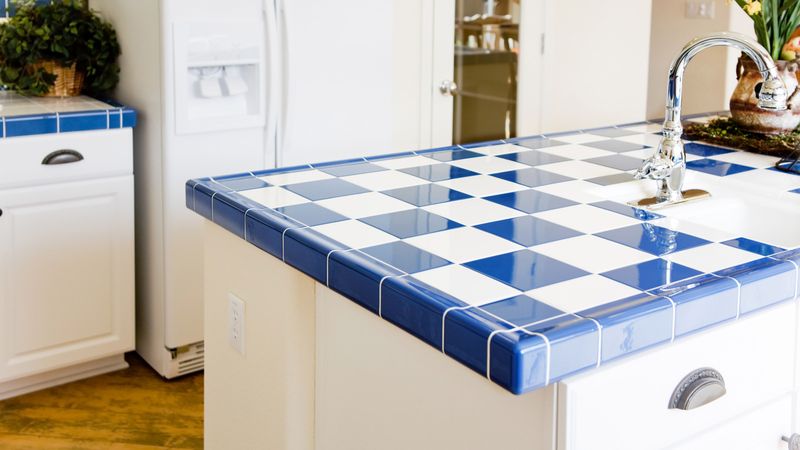
Ceramic squares with grout lines might have seemed practical decades ago, but they’ve created countless cleaning headaches since. Food particles, stains, and moisture inevitably find their way into those grout lines.
Tiled countertops provide an uneven work surface that’s difficult to sanitize properly. Modern kitchens feature solid surface options like quartz, granite, or butcher block that offer both beauty and practicality without the maintenance challenges.

